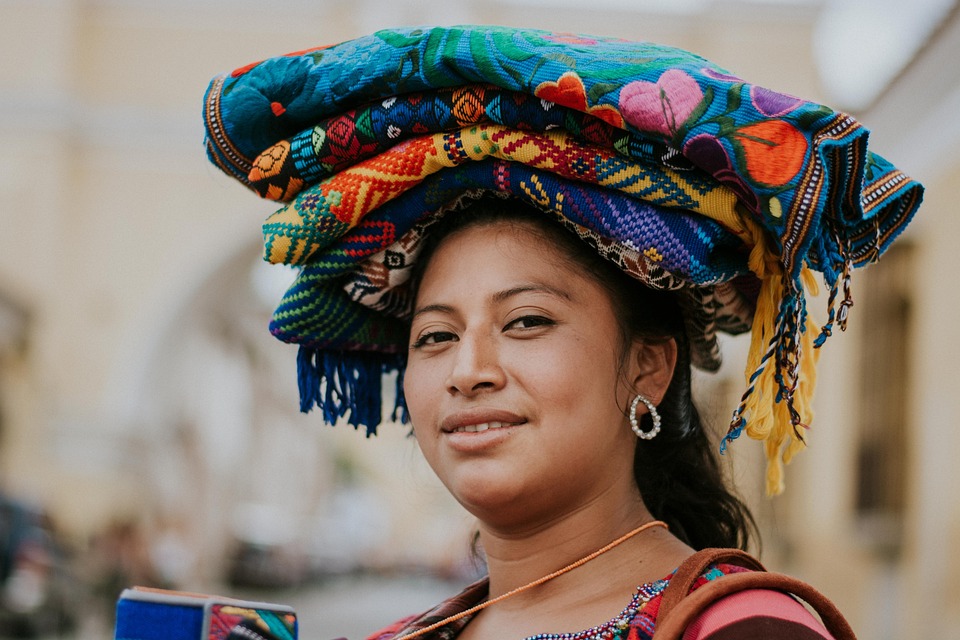Voices of the Street: The Untold Stories of Urban Vendors
In bustling urban landscapes, where skyscrapers touch the sky and neon lights illuminate the night, a different kind of life buzzes at street level. Here, amidst the hurried footsteps and honking horns, urban vendors create a vibrant tapestry of culture, service, and survival. Their stories, rich with resilience and creativity, often go unheard. However, these voices of the street are as essential to the urban experience as the concrete and glass that form the backdrop of our cities.
The Heartbeat of the City
Urban vendors bring color and diversity to city life. From taco stands to flower carts, each vendor contributes a unique flavor to their surroundings. They often embody the spirit of the neighborhoods they serve, making their stalls a reflection of the community’s identity. For many, becoming a vendor is not just about entrepreneurship; it is a lifeline—a way to support families, attain independence, and claim a space in a harsh economic landscape.
Meet Jose, a taco vendor in the heart of Los Angeles. He wakes up before dawn, preparing ingredients for the day ahead. For him, every taco sold is a story shared—a conversation with a regular customer or a meal that brightens someone’s day. "I’m not just selling food," he explains. "I’m sharing a piece of home."
Challenges and Triumphs
Despite their integral role, urban vendors face numerous challenges. Legal hurdles, zoning laws, and competition from larger establishments can create a precarious existence. Many vendors operate in a gray area, sometimes subject to the threat of fines or harassment from authorities. For them, persistence is key.
Take Amina, a street vendor in New York City selling traditional handwoven scarves. When the pandemic hit, her sales dwindled, and she was forced to pivot—starting an online business to complement her street sales. “Adaptability is essential,” she says. “The street is my office, but my creativity is my lifeline.”
Cultural Connection
Urban vendors often play a crucial role in preserving and promoting cultural heritage. They introduce city dwellers and tourists alike to flavors, crafts, and traditions from around the world. Through their goods, they tell stories of their homeland, creating an immersive experience beyond mere transactions.
For example, consider the array of food carts in Toronto offering dishes from every corner of the globe. Vendors like Farah, who sells homemade baklava, weave the narrative of her Middle Eastern heritage into the fabric of the city. “When I sell my sweets, I’m not just selling a product; I’m sharing love and tradition,” she reflects, showcasing how food serves as a bridge between diverse cultures.
Community Builders
Beyond commerce, urban vendors often function as community anchors. They create gathering spaces where connections flourish—among neighbors and strangers alike. Markets and street fairs become social hubs, fostering relationships that enrich the urban experience.
Vendors often engage in local initiatives, supporting charities, community events, and local arts. They contribute to the socio-economic upliftment of neighborhoods, establishing a kinship that surpasses simple vendor-customer relationships.
The Future of Urban Vending
As cities evolve, so too does the face of urban vending. With the rise of technology, many vendors are now incorporating social media and e-commerce into their business models to reach broader audiences. Encounters on the street are being complemented by virtual interactions, creating a multi-faceted commerce experience.
However, the future is not without its challenges. As cities adopt stricter regulations and zoning laws, the need for advocacy and support for vendors becomes more critical. Conversations around fair permits and legal protections are essential to ensure that these voices are not drowned out by urbanization.
Conclusion
The stories of urban vendors are the untold narratives of city life. They are woven into the fabric of our communities, enriching the urban experience through their resilience, creativity, and cultural heritage. As we navigate the bustle of our cities, let us take a moment to listen to the voices of the street—stories that remind us of the heart beating just beneath the surface of everyday life. In doing so, we can cultivate a greater appreciation for those who hustle to bring flavor and warmth to our urban exchange.



